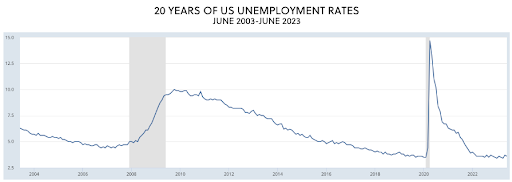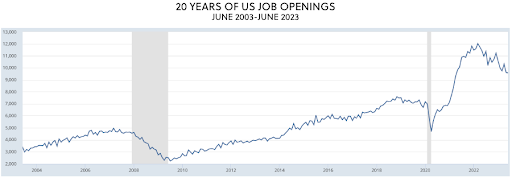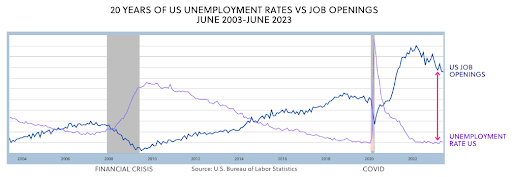Want to know what’s new in the world of offshore, global employment, and future-of work? Dive into this week’s edition of Gone Global and stay ahead of the game!
Results of the seismic shift in employment
Massive seismic shifts usually cause irrevocable change.
Over the last 100 years, we have seen incredible, unprecedented changes in automation, computing, automation, offshore manufacturing, and offshore outsourcing.
Each of these has severely challenged the status quo and disrupted vast swathes of the workforce.
Automobiles eradicated millions of jobs associated with the horse and carts. Computers wiped out millions of manual jobs. Robots have removed most people from factories, turning them from bustling to sterile. And offshore staffing and manufacturing have impacted countless traditional onshore businesses.
The evocative ghost-town images of downtown Detroit, a once shining beacon of global innovation, is a canonical example of the pain of losing past glories.
With all this change, it’s surprising that any jobs are left for anyone.
Add to that; the world has just been through one of the most devastating global pandemics in history.
Considering this destruction and widespread disruption, it’s surprising that civilization is still standing.
Well… it is.
And according to objective data, it is doing better than ever.
Unemployment numbers
It has long been the fear of traditionalists that “jobs are being lost to automobiles, machines, computers, offshore labor, [fill in the blank].”
Offshoring and outsourcing are highly controversial topics because of exactly this: “How can a company conscientiously offshore jobs when they are needed at home.”
This battle has been ongoing for the last 20 years.
Despite protestations, outsourcing has continued, and the globalization of supply chains, products, and staffing has only intensified.
So where is the loss of jobs? Where is the economic impact of these supposedly ‘devastating changes’?
Using the US as an example, unemployment levels have remained stable over the last 20 years. And in fact, recent June 2023 figures are showing historic low unemployment rates of just 3.2%.
Job demand
With so many other options (automation, robotics, and offshore), people might think that new job creation would be slowing. Again, the data begs to differ.
Job openings in the US are at their highest peak and are 350% higher than 20 years ago.
Combining both charts
When combining both charts, the last six months have shown record levels of both unemployment and new job openings.
As businesses scramble to implement the latest AI productivity boosts, many worry about the resultant job losses.
This concern never seems to go away.
It seems people resist change.
Who wants to bet that in another 20 years, we will have equally low unemployment and buoyant job openings?
The question for your business
Do you resist change, or embrace it?





 Independent
Independent





















